
■ Features
In this article, Christopher Carvalho from Unlock Your Sound gives you all the information you need to help you find the right music distribution service for you.
Christopher has used a variety of services when working with independent artists the world over and has first hand experience with the major players. He has worked with Tunecore, DistroKid, and LANDR so he knows the ins and outs of how music distributors work.
Spotify recently announced that they generated $4.5 Billion for the independent sector in 2023. That’s around half of the $9 billion they paid out to the music industry.
Knowing this, the emergence of digital music distribution is becoming an increasingly relevant topic.
Music distribution has undergone significant changes over the years, particularly with the rise of digital service providers and streaming platforms.
Back in the day, music distribution was predominantly done through physical media such as CDs, cassettes, and vinyl. However, with the rise of the internet, distribution has moved primarily to digital platforms.
This guide provides an in-depth explanation of music distribution, its evolution, the different types of distribution companies, and how to select the right partner for your music distribution needs.

Music distribution is the process of delivering your music to the consumer. This includes getting your music onto streaming platforms, retail stores, and social media platforms.
The goal is to make your music as accessible to the target audience as possible.
Historically music distribution meant getting your records into record shops where people can buy them. With the advent on streaming platforms and other digital service providers, the distribution landscape has changed with the expectations of the end-user.
Generally speaking, if you are officially releasing your music, the consumer will expect to access it on streaming platforms such as Spotify, Apple Music, TIDAL, and Amazon Music.
But music distribution is not only about supplying your recordings to these outlets, it’s also about managing your recordings and ensuring that you are collecting royalties as well as the administration around building an artist brand on these platforms.
These are two terms that often get confused, so let’s make this distinction clear from the outset and why you need to think about them differently.
There are two music businesses. One is the recording side, and the other is music publishing.
Music publishing is simply the business of songs, aka compositions or musical works.
When you write a song, you are in the publishing business.
When you record a song, you are in the recorded music business.
And in law they are two separate pieces of copyright.
Music distribution is more concerned with the recording side, as the recording is the tangible property we are distributing.
When your music is out there being streamed and downloaded by your fans, you are generating recording side AND publishing side royalties. Your music distributor will handle the collecting of recording royalties and your PRO (PRS in the UK) will collect on the publishing side.
Across music distribution services, you will find they employ a range of different pricing models.
Some offer a one-time payment per release, but many are going in the direction of annual subscriptions for artists who frequently release music.
Some services will charge you once per release and may take a cut of your earnings, whereas others will get you on a subscription plan, often offering unlimited uploads if you keep up the subscription.
Others will even have a free option with limitations on where the music is distributed. For example, at the time of writing this article, Tunecore offers a free tier which puts your music in the libraries of social media platforms like TikTok, allowing users to use your music in their content.
It’s important to consider what your long term goals are as an artist. If you intend to release frequently, a subscription might be the best option for you. But if it’s a one off, you might find the pay-per-release model more effective.
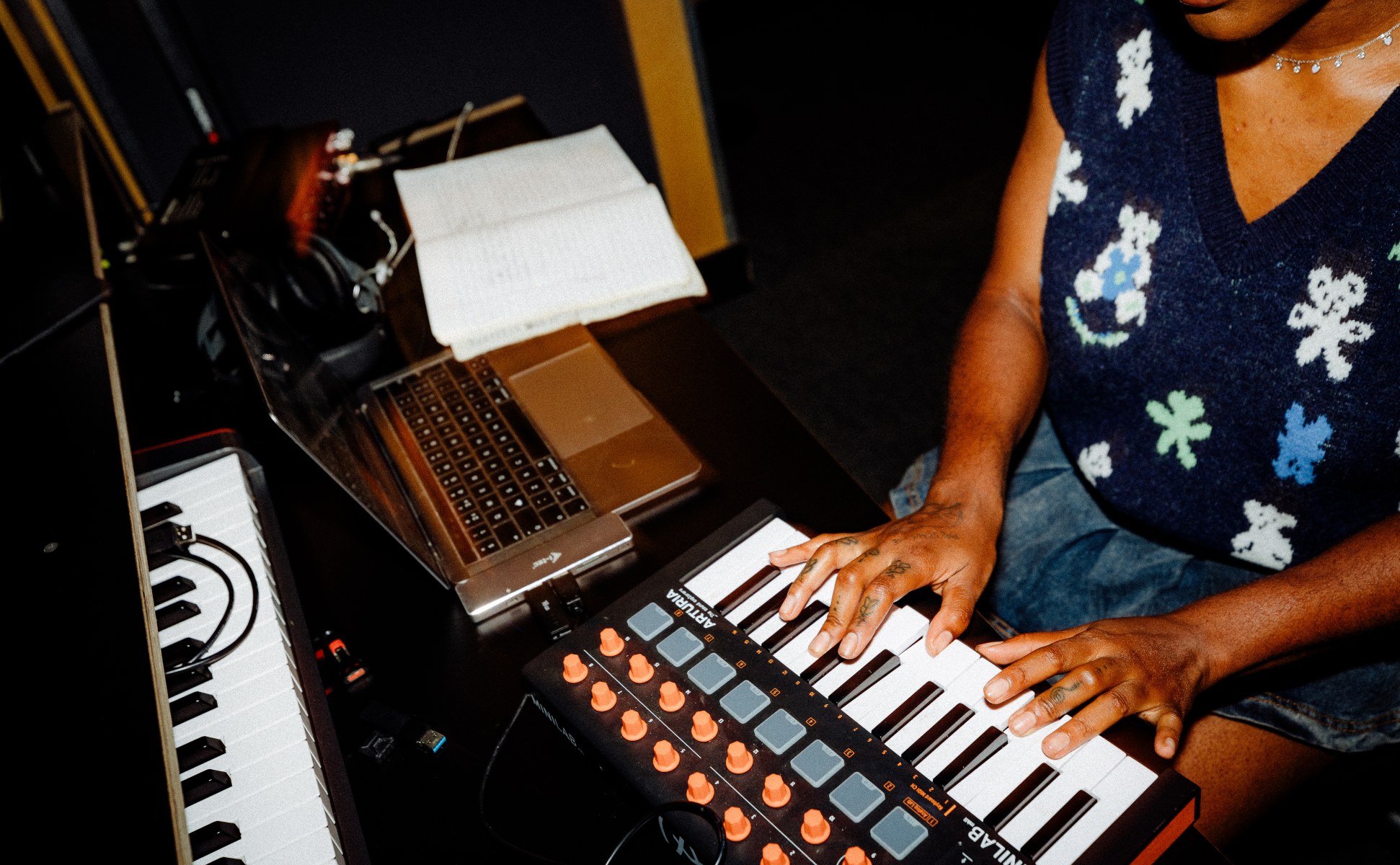
To give you a rough idea of what to expect, here are the steps you will take when going through the music distribution process.
Knowing this, you should give yourself plenty of lead time when planning your releases.
Choosing the right service for you should be a decision you make carefully as the release of your music is a core component of your artistry.
Outside the different pricing models we have discussed, you also want to have confidence in the company you are working with.
One piece of advice I have always given to artists is to reach out to a short list of services and see who is most responsive to your support requests.
Tell them you’re in the market and looking for the right fit. The reason I advise this is because if something goes wrong, you want to know there is someone there who will help you.
Those who seem most receptive to your support requests should be strongly considered as a potential distribution partner.
In recent years the digital music distribution space has become quite mature to the point where there are some clear leaders in the sector. It’s also a highly competitive space, so keep that mind.
Some of these companies include:
DistroKid - DistroKid offers a very competitive offering where artists can pay annually for unlimited uploads. They also offer a range of additional services including Promo Cards, Playlisting, Video Generation and more.
Tunecore - More recently Tunecore started offering a subscription service, and even a free tier for distributing your music to social media platforms. They also offer music publishing services, a release tracker, and various artist services.
CDBaby - Not only does CDBaby offer a plan for one-off releases, they offer CD and Vinyl production services too!
Ditto Music - Ditto offers both distribution and publishing services, as well as a mobile app for tracking your releases.
There are plenty more to choose from however, and some of the smaller ones might offer that personal touch that you might not get from the bigger players.
💡 Here is a more exhaustive list of music distribution companies.
Music comes with metadata, which simply means the data about the music.
It’s very important to include all relevant metadate with your releases and to keep track of them yourself as well. You should keep a spreadsheet handy where you catalogue all of this information. Don’t rely on a service to manage all of this for you. It’s very possible you will change distributors down the line, and keeping the metadata consistent will allow you to migrate your releases without missing a beat.
Metadata such as ISRCs and ISWCs are crucial to making sure you collect the royalties you are owed.
Examples of metadata include:
To name a few!
Metadata is also an important component in the discoverability of your music.
All of the above keywords have the potential to help your music appear in search queries on and off the music platforms. They’re especially important in getting your music to appear in sites such as Discogs, Allmusic, and Musicbrainz. Don’t miss a beat with metadata.
When setting up your release with your chosen distributor, at some point you will be presented with a list of channels that you can opt-in for. Many of which you may have never heard of and you likely will select all, but there are some here that aren’t even streaming platforms, but play a big part in the discoverability of your release.
For example, if you have ever uploaded a video to YouTube and got a copyright notice because you have used someone’s song, that’s because of YouTube’s Content ID. There is a good chance you want to register your music there so that you can collect a share of the ad revenue that other people’s videos generate when they use your music.
Here are some other examples:
You may have noticed Shazam in this list, another important app in music discovery. If someone hears your song in a public setting, you likely want them to be able to “shazam” it and click through to your music.
> 💡 Learn more on how to promote your music on Spotify or TikTok.
Having a distribution and promotion strategy behind your music begins at preparation.
It’s essential you give yourself the time to prepare all of your marketing collateral and music assets so that you have the time and energy to creatively promote your release.
Every release is a project with many moving parts, especially when it comes to marketing. I often advise you to leverage technology to help you with the project management side of things.
I often use Trello to help artists organise all of their assets and create a series of steps to guide them through the campaign. Below is an example trello board for a release campaign.
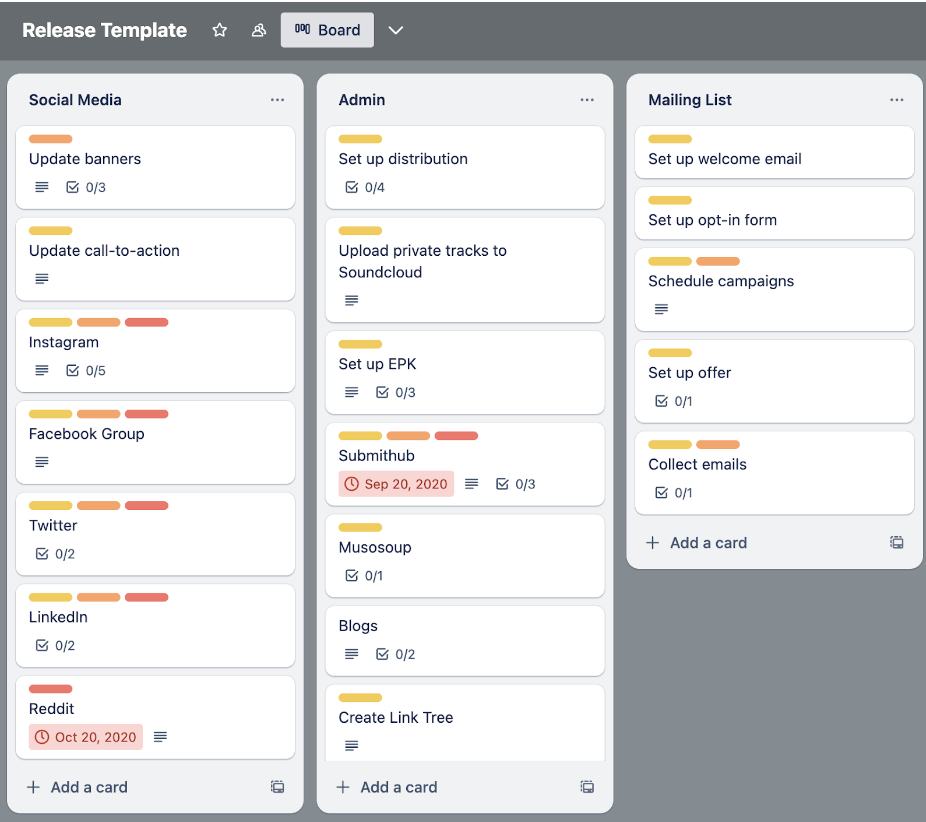
Technology comes in useful for the promotion process too! Here are a handful of platforms designed to help you get your music heard:
These platforms are designed to help you connect your music with tastemakers, music bloggers, playlisters, and influencers. They have various pricing models and each have their own strengths and weaknesses.
💡 Plan your next music release with this step-by-step plan
Distributors will give you different lead times on your releases, but a general rule of thumb is to leave at least two weeks. This is enough time for your distributor to set it up and for you to log in to Spotify for Artists and submit your song for their editorial playlists.
Reporting and royalty collection is a vital component of the music distribution service.
When your music is out there getting streamed and bought, that will at minimum be generating recording-side royalties which will be reported and collected by your chosen distribution service.
Some distributors will also offer a publishing administration service to collect mechanical and performance royalties that are generated from that activity too. Another area within which to do your homework.

Depending on what stage you are at as an artist, you might be offered a distribution deal along the way.
A distribution deal is more like a label contract but without giving up as much of your rights.
It’s important to make the distinction between a distribution deal and simply using a distribution service.
Let’s go into more detail by comparing to a more traditional label deal.
An easy way to make the distinction is in what’s being traded in these deals.
In the context of a record deal, generally speaking, you’re handing over some ownership of your work, in exchange for their services. At times you will also be given an advance, which is effectively a loan. These advances are usually recoupable, meaning you don’t see any royalties until that debt is paid off.
A distribution deal lies somewhere in between a distribution service like DistroKid, and a traditional label deal.
If you’re offered a distribution deal, be sure to understand the terms laid out by the company and consult professionals on anything you’re unsure about.
In your search for a distribution service, you might find services that operate on a more exclusive basis, where they are somewhat selective about who they work with.
Again, it’s possible that you will be scouted by such a company, especially if you’re further along and have already garnered some traction in the market.
An example of such companies is AWAL. To work with them you first submit your music for their consideration. At which point they may or may not make you an offer.
A potential benefit of such a deal is that you will likely get more hands-on support and the team will have more of a vested interest in your success.
For the above reason, getting a distribution deal is more of an art than a science. You likely need to have already got some traction with your audience before a company takes you on. If you’re starting out, you’ll likely use a paid distribution service.
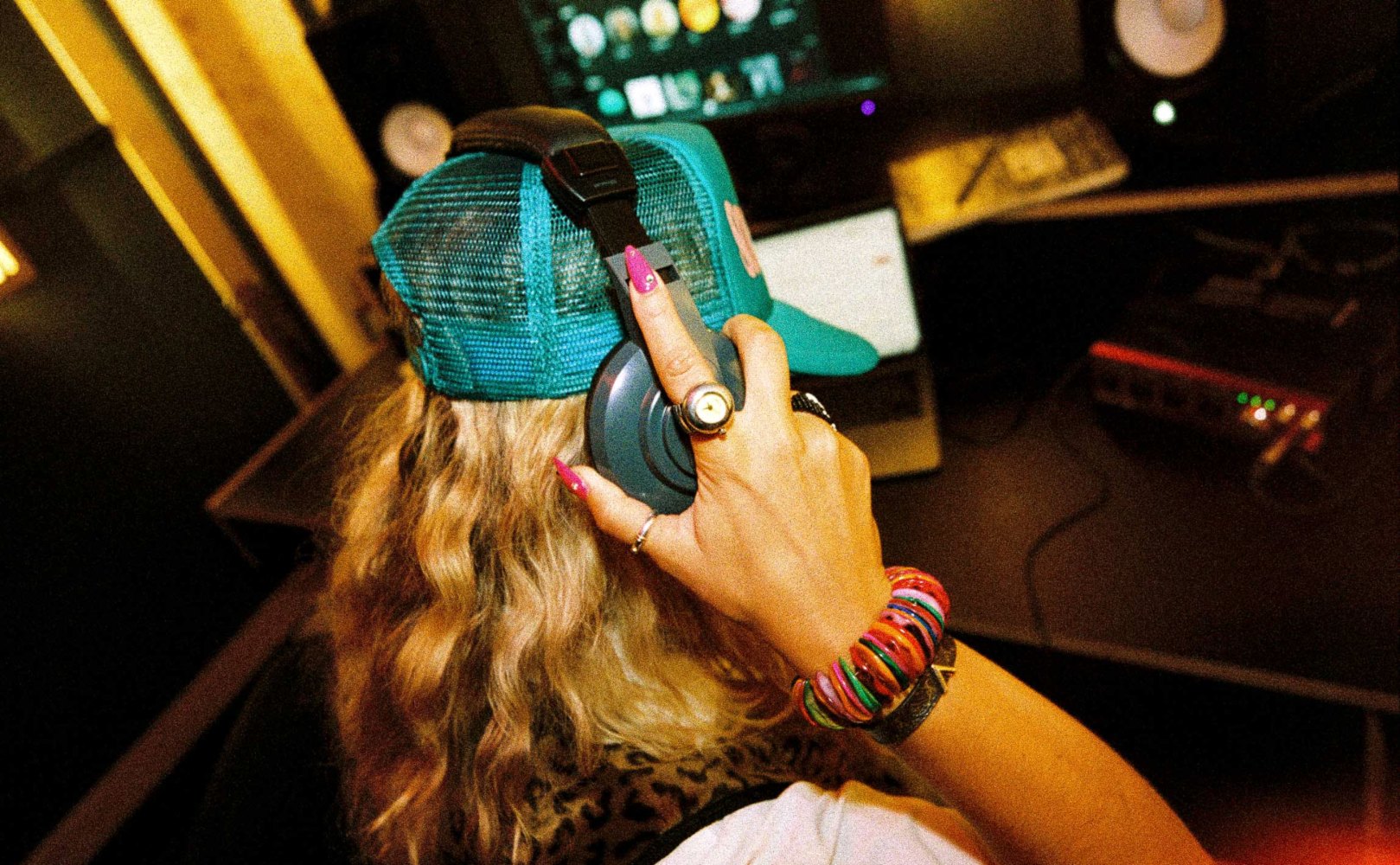
There are several types of distribution companies, including:
Generally speaking, an aggregator focuses on digital platforms, where a more complete distribution service will handle physical and possibly marketing services also.
These terms are used interchangeably these days. What’s important is that you find the company that fulfils all of your needs.
If you’re interested in an all-encompassing digital and physical distribution service, you should narrow your search to distributors who can get your physical media into retail stores.
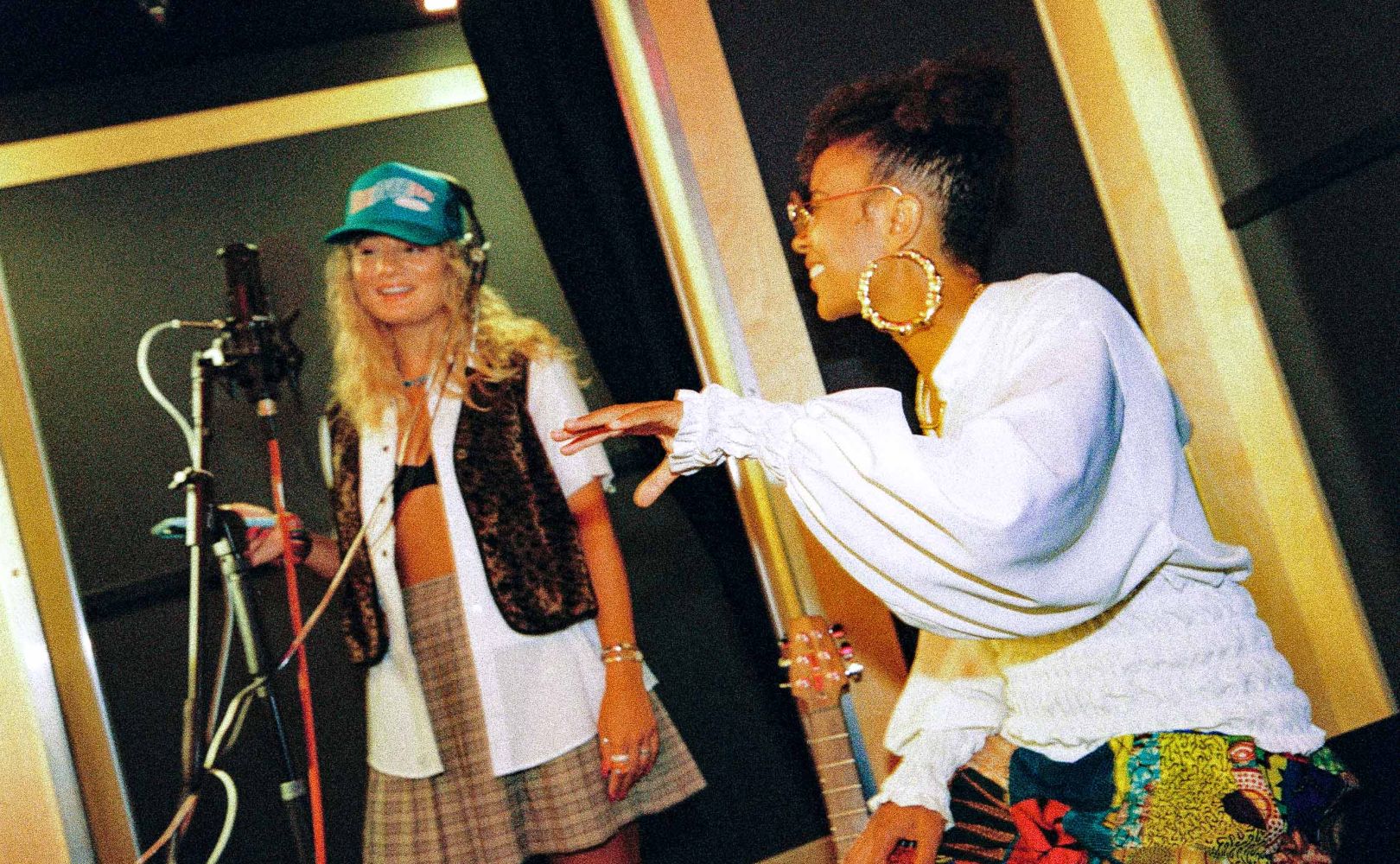
As with all deals, it’s vital to do your homework and due diligence. Which means considering more than one option, and reading the fine print.
Remember you're trusting them with work that you worked hard over in all of those late-night recording studio sessions. So make sure that you are going with good people who will look after your music for you.
Below are 10 things to consider when choosing a music distributor:
It’s certainly possible to do so and there are use-cases for this. You might be curious about a new music distributor and choose to release a single with them to test the waters.
Another reason is in between migration, moving from one distributor to another. Just make sure all of your metadata is consistent!
Generally speaking, in contrast to a traditional label contract, the distributor does not own the recordings but you must always make sure that you have read their terms and conditions. By using their service, you effectively agree to their terms, so always do due diligence!

There are a myriad of ways to get your music out there without dropping a penny. Some platforms such as SoundCloud and Bandcamp allow you to upload directly, and then there is the primary YouTube video platform where you can upload for free too.
Many artists will upload an ‘art track’ which is a video version of the song with static artwork, where some opt for more creative ways including lyric videos and visualisers. YouTube is a very important platform due to it being the second biggest search engine second to Google, and its broad and open nature.
More music is streamed on Youtube than any other platform.
Some distributors even allow you to upload to some platforms for free. An example of this is Tunecore’s Artist Plan which allows you to promote music on social media platforms such as Instagram and TikTok for free, which is a great way to test the water before you do a ‘proper’ release.
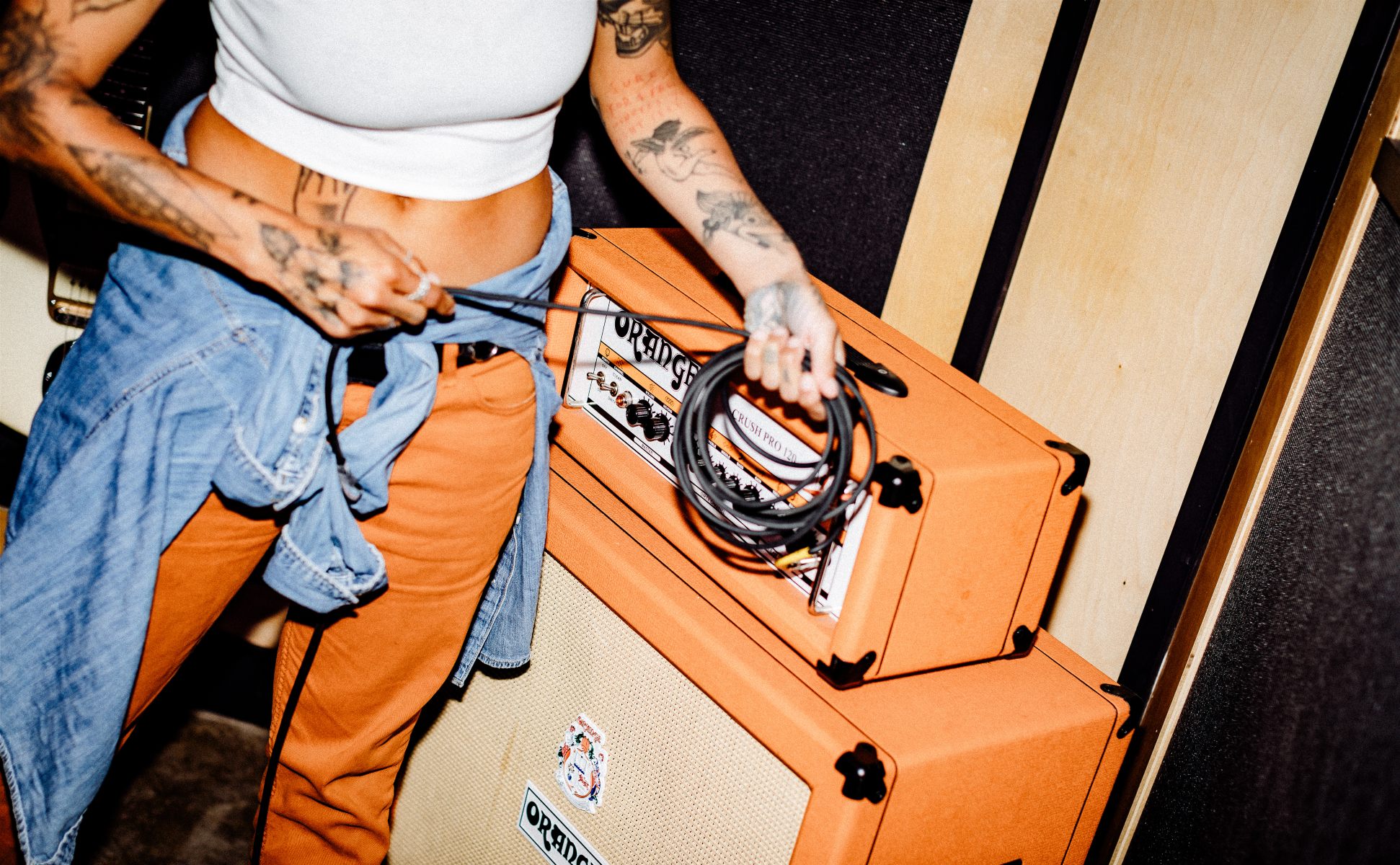
At the end of the day, there is no off-the-shelf answer to this question. Which is why it’s important to think hard about your goals, outcomes, and even long term plans for releasing music.
If you’re just testing the waters, you can use platforms like SoundCloud to get that necessary feedback. But if you’re going all out and have a busy release schedule down, you’re going to need the services for fully fledged music distributors.
It’s possible also that you will use a combination of services in tandem. For example, you might first release your song on YouTube to test the waters, then do a deluxe pre-order on Bandcamp, then finally capture a wider audience on streaming platforms via your chosen distributor.
What’s important is that you connect with your audience. You don’t want to just release the music, post about it once on social media, you need to garner some interest beforehand and provide people with a way to keep up to date. This can be a mixture of social media ads, email marketing, and getting your music in the hands of curators to reach new people.
